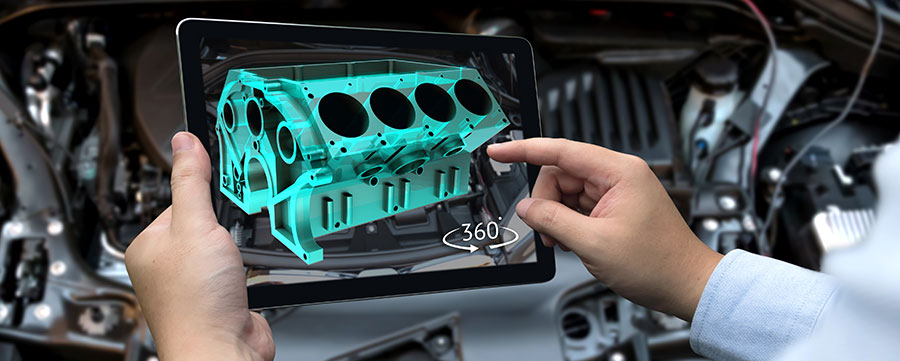5 Ways Manufacturing is Turning to the Digital Age

Digitising industry is nothing new, but manufacturing is one area which has appeared to lag behind the rest when it comes to moving to the digital world. But now, according to Forbes, the majority of “manufacturing executives” are tuning into the concept. However, according to the same study, only 5% of them believe their current digital strategy is sufficient.
Here are 5 ways in which manufacturing is transforming into the digital age:
According to Forbes, “The California-based cherry company, Prima Frutta, installed automated equipment without a single additional hire and increased production by 50 percent. This connected technology provides real-time feedback to 900 employees, allowing them the information necessary to make quick decisions and act accordingly.”
If you would like to speak to our technical sales team about how Impulse can help your facility move to the digital age, just drop us a line on +44(0)1782 337 800 or send us an enquiry and we will be more than happy to chat through your requirements.
Here are 5 ways in which manufacturing is transforming into the digital age:
IIoT / Industry 4.0
The Internet of Things, both in terminology and architecture, has been a mainstay in computing for many years. The Industrial Internet of Things, often coined Industry 4.0, is transforming IT and OT applications, providing real-time analysis and reporting of machinery and personnel, thus reducing waste and downtime, and increasing productivity and yield.Artificial Intelligence and Machine Learning
When we speak of Artificial Intelligence, our mind is often cast to the humanoid robot concepts of science fiction. The reality, where rather more mundane, is becoming much more ubiquitous. From quality control directly on the production line, to analysing processes to give suggestions for waste-management, A.I. is becoming increasingly accessible and useful to factories with integrated IT systems.Robotics
Gone are the days of robots consigned to the most mundane tasks on the production line. As the technology behind robotics has progressed, so too has the complexity of job they are tasked with. From autonomous vehicles on building sites, to highly skilled and dextrous manipulation of objects, robots are becoming a valuable asset to a huge, diverse range of industrial applications once thought out of reach.Increased Efficiency through IT
Collaboration is key, and with the advent of cloud computing it is becoming increasingly accessible across many business platforms. By optimising workflows, giving transparency up and down the supply chain, and providing faster and more efficient communication, the ability to collaborate is already being supported by a wealth of software and IT systems.According to Forbes, “The California-based cherry company, Prima Frutta, installed automated equipment without a single additional hire and increased production by 50 percent. This connected technology provides real-time feedback to 900 employees, allowing them the information necessary to make quick decisions and act accordingly.”
Reporting and Data Analysis
Digital content is increasing in volume in numbers that boggle the mind. By 2020 it is predicted that the volume of digital content will have increased fifty-fold, and with this amount of data comes the question of what to do with it. Spanning a few of these top-5 trends, data can be stored in the cloud, analysed by A.I., and delivered seamlessly to stake holders to allow them to make commercial and logistical decisions based on a true representation of their business from top to bottom.If you would like to speak to our technical sales team about how Impulse can help your facility move to the digital age, just drop us a line on +44(0)1782 337 800 or send us an enquiry and we will be more than happy to chat through your requirements.